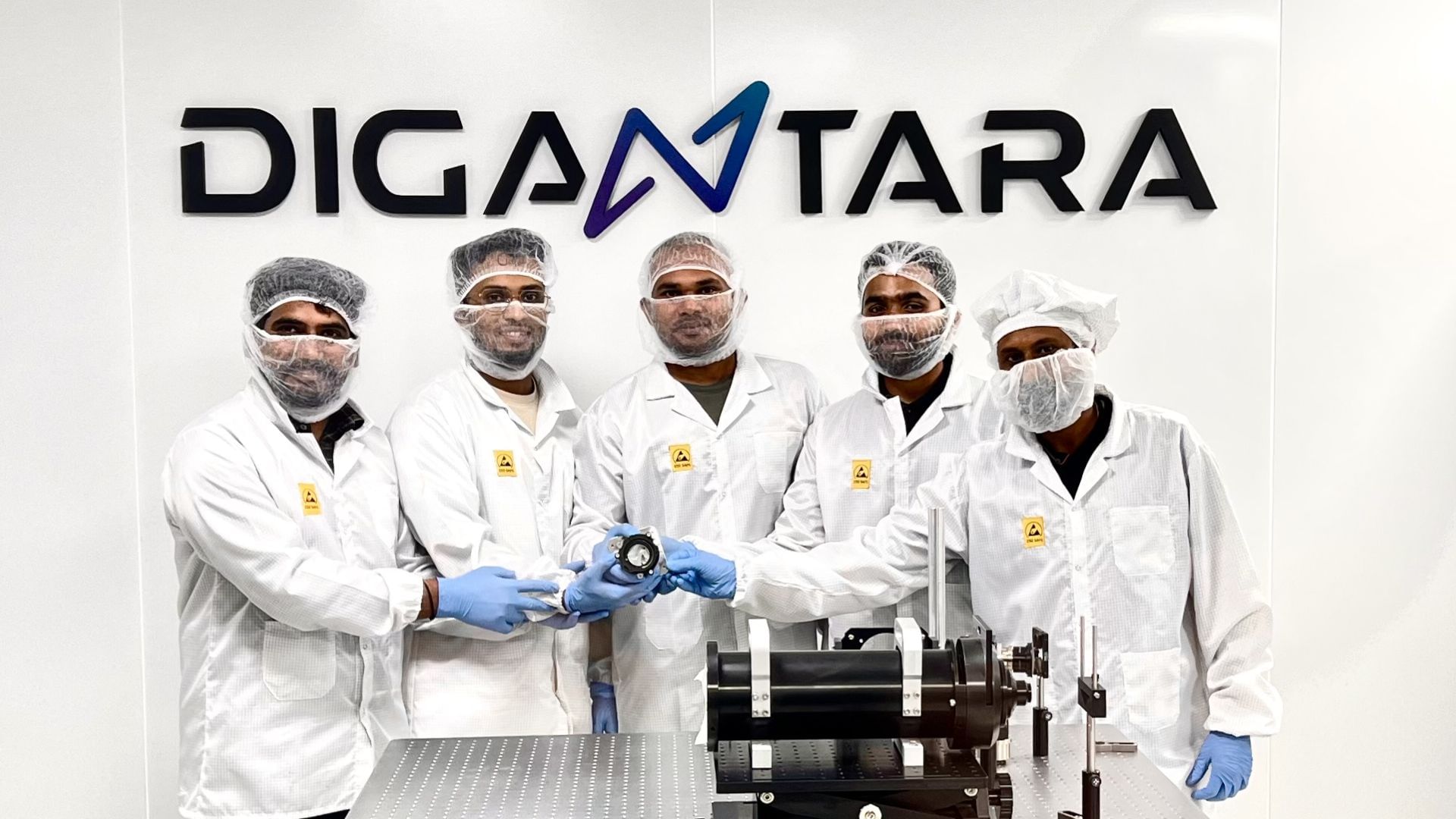New Delhi: For the second National Space Day celebrations at Bharat Mandapam in Pragati Maidan, New Delhi, a number of exciting New Space startups from around the country showcased their hardware. Digantara was displaying its indigenously developed electro-optical lens system developed specifically for space domain awareness, as well as its Space Mission Assurance Platform (MAP). Most satellites look down at the Earth, very few have the capabilities of looking at other satellites in Earth orbit, to get an understanding of what they are, what they are doing, and what they can do.
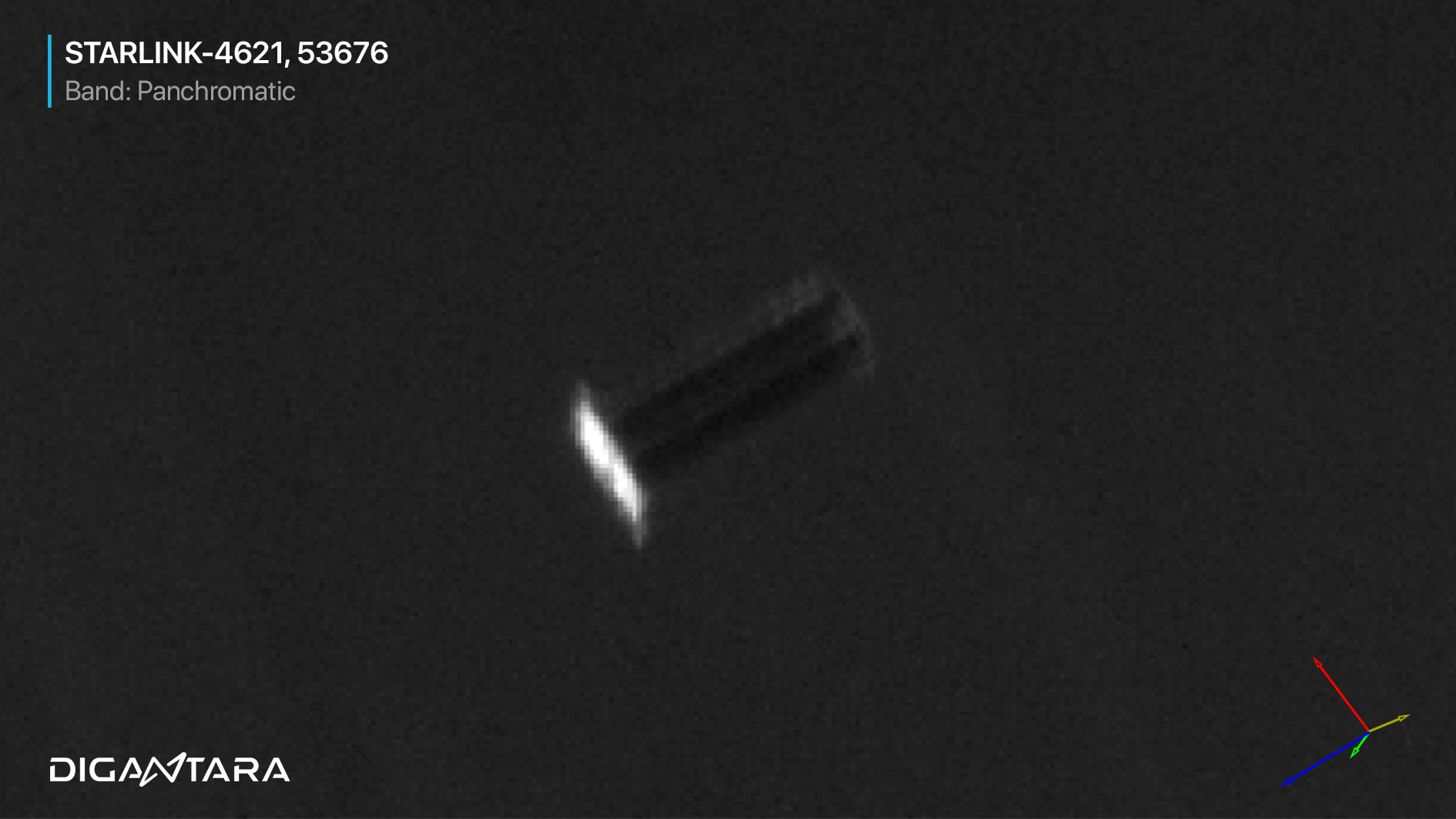
A Starlink satellite in orbit captured by SCOT. From such images, Digantara can make out elements such as solar panels propulsion systems, to better understand the capabilities of the hardware. (Image Credit: Digantara).
Digantara is one of the few companies in the country working with Space Situational Awareness (SSA), and the only one with Non-Earth Imaging (NEI) capabilities. At the panel discussion after lunch, Mohammed Zayed from Digantara explained, “Digantara is a space surveillance and intelligence company, it was started in 2018 by three founders. We have moved from 2018 to now with a lot of constant evolution that’s been happening. Over the course of these years we have learned that the way people define what SSA is has changed quite a lot. SSA by definition is the intimate knowledge about all objects, orbits, and natural phenomena that exists around our planet.”
What happens in Earth orbit?
Most countries disclose their space operations, to ensure that satellites do not collide with each other. Satellite operators are informed well in advance of potential conjunctions, or situations where the satellites approach uncomfortably close to each other, so that they can execute collision avoidance manoeuvres. However, not all countries transparently reveal what hardware they have deployed, and what their capabilities are. With the increasing reliance on space technologies for the defence sector, countries are also developing counterspace capabilities to jam or disrupt communication or navigation signals.
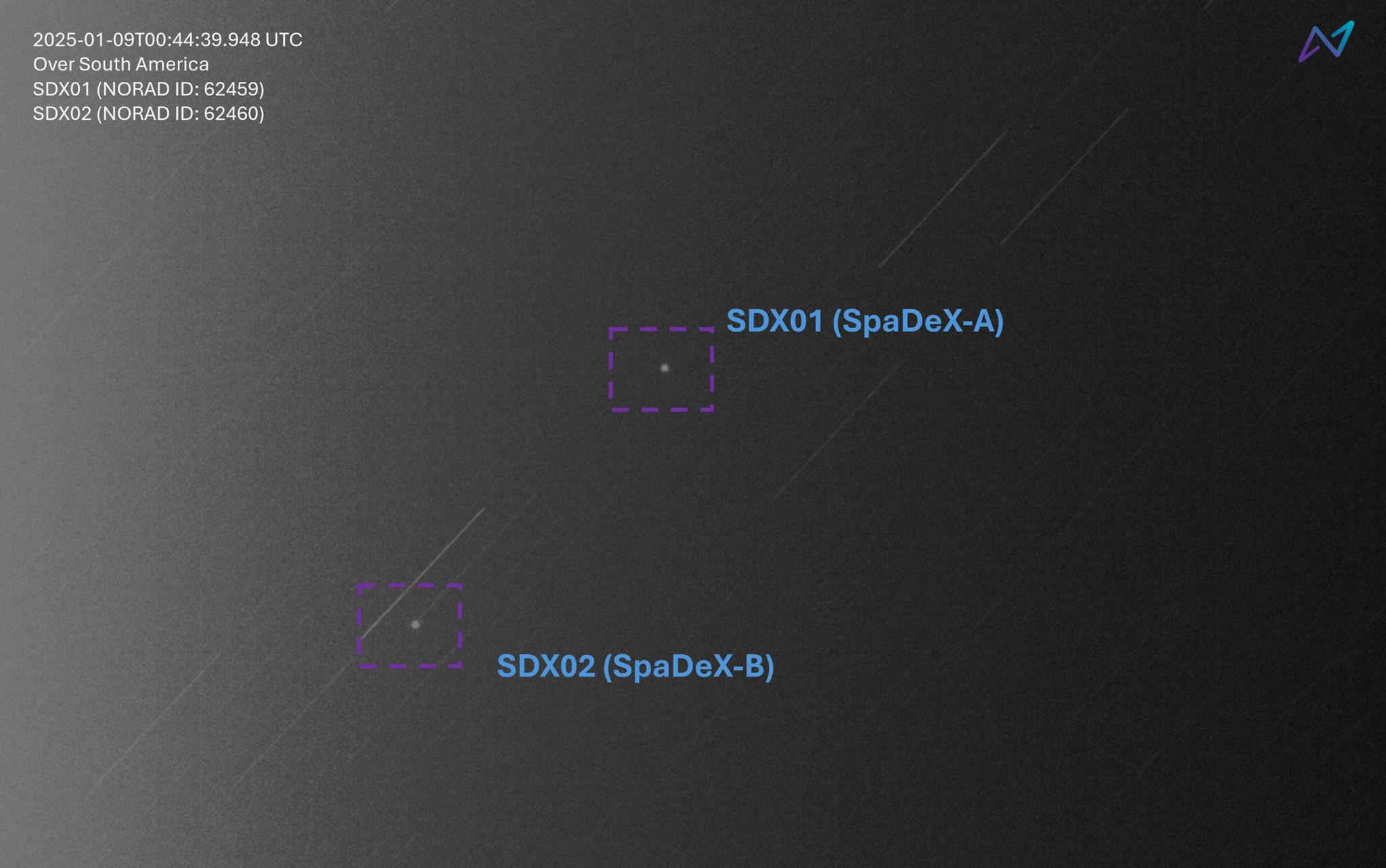
Digantara tracking of SpaDex satellites. (Image Credit: Digantara).
Some countries may also execute shady and undisclosed proximity manoeuvres, where one satellite approaches another ‘non-cooperative’ target, or another object in space that is not being actively controlled. Such capabilities can be used for peaceful purposes, including servicing or refueling satellites. The same capabilities can also be weaponised for a wide range of adversarial attacks to deny the service offered by the satellite, either permanently or temporarily, for example by shining a laser at a sensor. This is why having eyes on objects in space is useful for all active operators in Earth orbit, and India is preparing for dogfights in space.
Holistic Space Situational Awareness
Digantara demonstrated the NEI capabilities of its SCOT satellite in May, by posting an image of a Starlink satellite captured in orbit. The SCOT satellite was launched on 15 Jan on a SpaceX Transporter flight. In the same month, Digantara was also independently tracking the movements of ISRO’s SpadeX satellites that demonstrated docking, the kind of proximity manoeuvres expected to increase in the future. However, SSA is not just about NEI, Digantara’s platform churns inputs from multiple terrestrial systems as well, including radar and passive RF tracking. Also, SSA is not just about satellites.
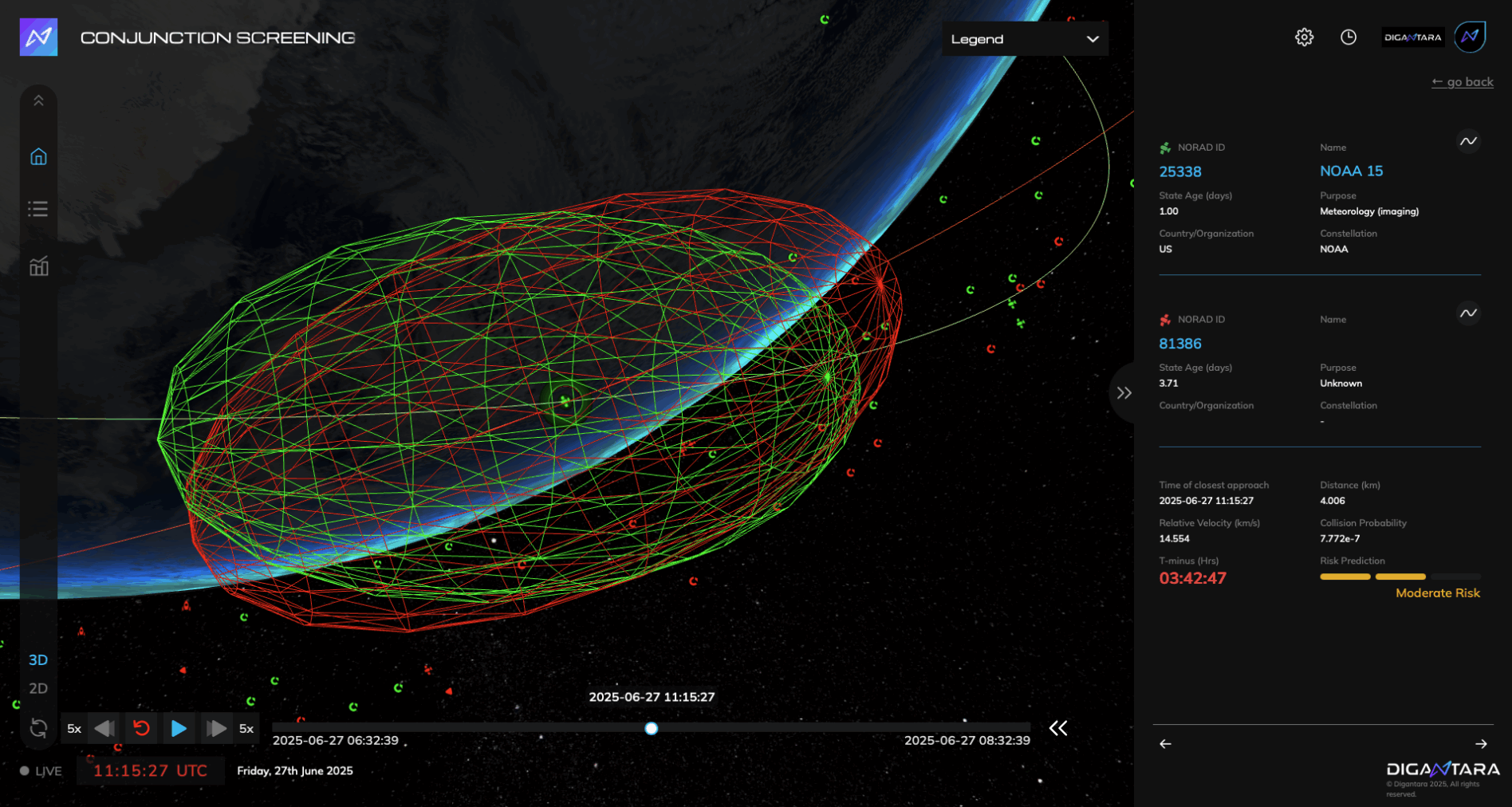
Digantara’s platform makes space operations safer and more transparent. (Image Credit: Digantara).
Digantara is working closely with ISRO on for the NETRA (Network for Space Object Tracking and Analysis) platform, that watches out not just for satellites, but also stray Near Earth Objects (NEOs) small solar system bodies such as comets or asteroids that stray uncomfortably close to the planet. There are no major asteroid impacts expected for the next few centuries, but the near visitors can threaten satellites in orbit, which is why tracking them is so essential for ensuring secure operations in space.
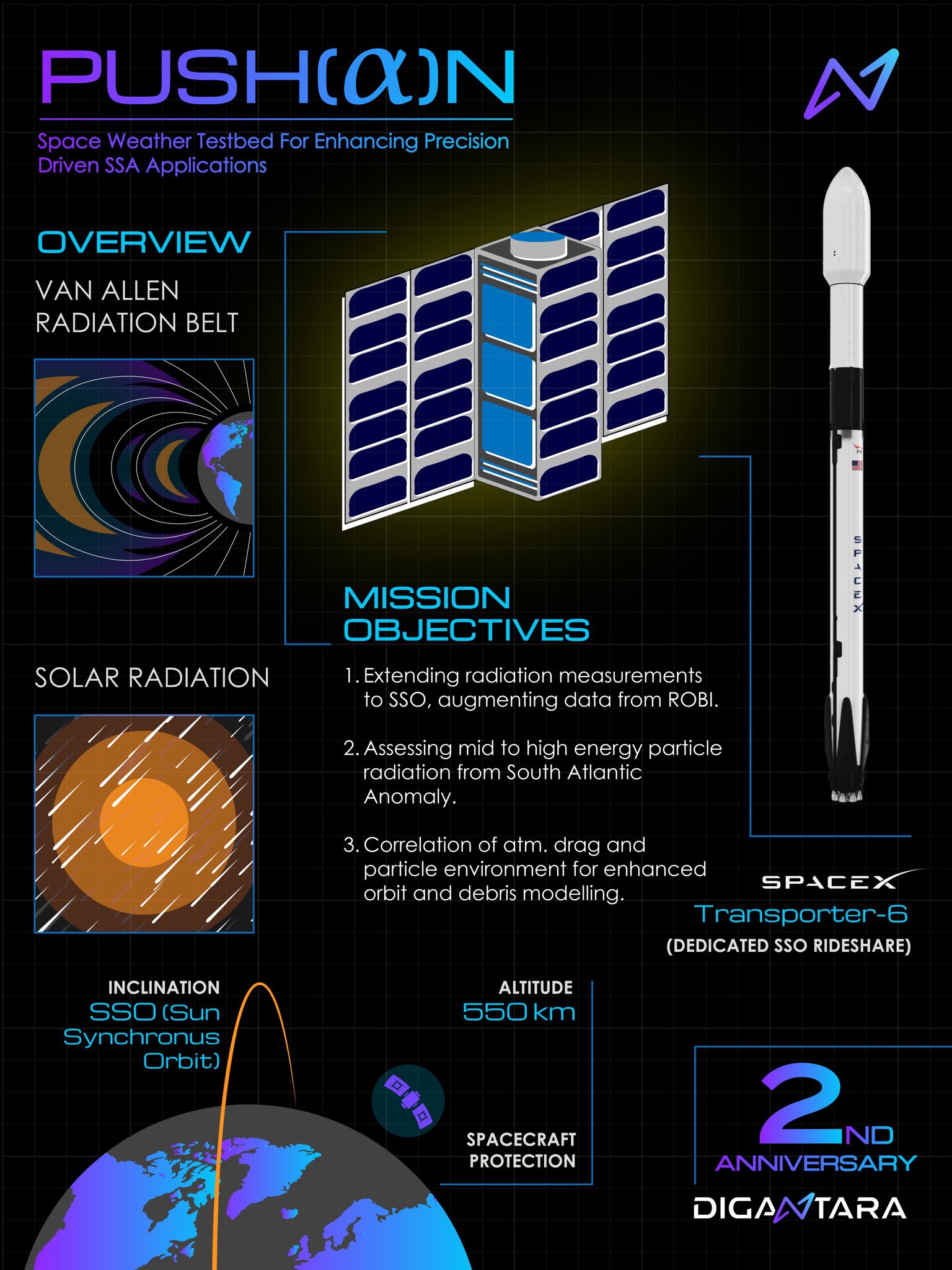
The Pushan mission. (Image Credit: Digantara).
Digantara is committed to providing holistic space domain awareness, and also launched the Pushan test satellite in 2023 to better understand the impact of solar outbursts on satellites in orbit. The injection of heat into the atmosphere during severe space weather increases the drag on satellites, reducing their altitudes. The energetic particles from the Sun can also interfere directly with the signals from the satellites, and damage the hardware as well. Satellite operators have to closely track solar activity, as well as the influence of solar outbursts on the geomagnetic field of the Earth. Digantara is committed to providing all the information necessary for sustainable operations in space.
